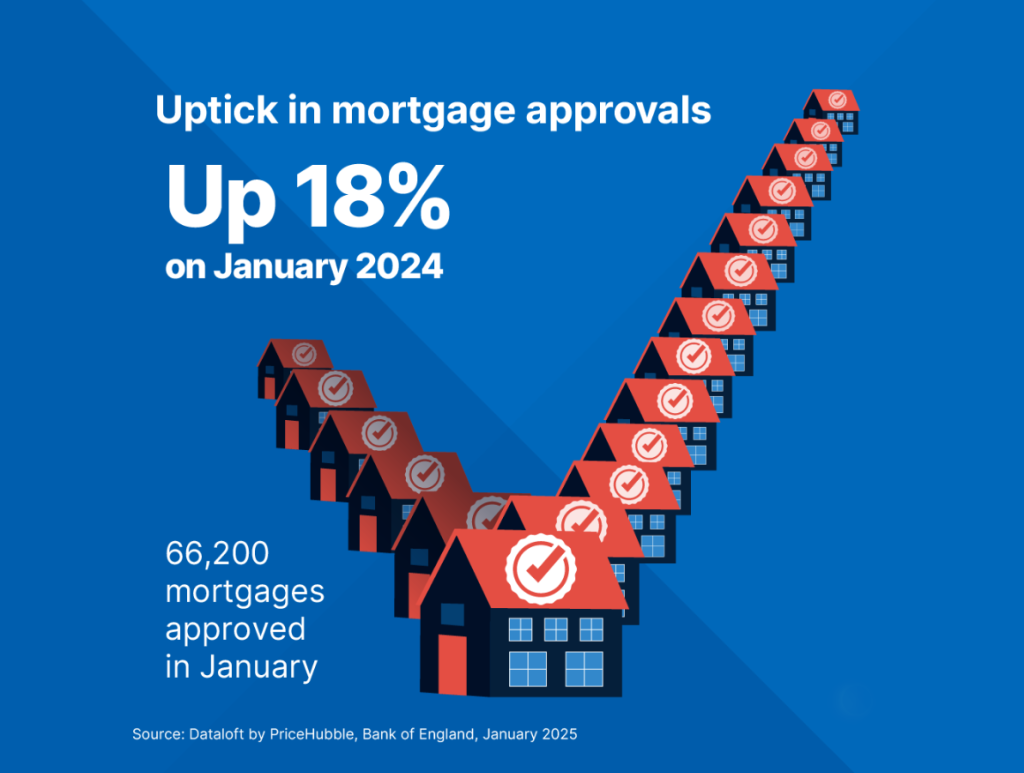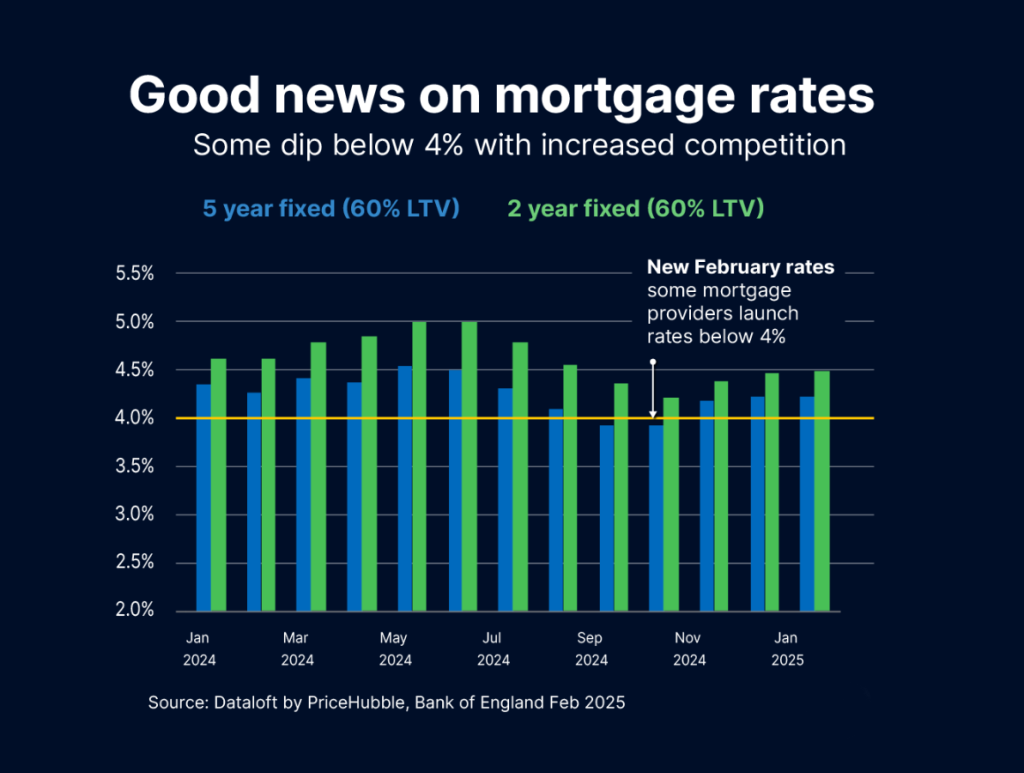- Mortgages
Mortgages
Bad Credit Mortgages
- Shared Ownership
- Insurance
Insurance
Life Insurance for Families
Life Insurance for Seniors
- Specialist lending
- About
- Events
If you’re worried about how your loved ones would cope if you were to become seriously ill, critical illness cover can give them a financial safety net. This tax-free cash lump sum that can be used to cover anything: from your healthcare costs, living expenses and your income until you’re back to full health.
There are a wide range of conditions that you’ll be covered for and we can even arrange it for your partner and your children to give you total peace of mind.
If you would like to know the costings for critical illness cover or would like to talk to us about the type of insurance you need, contact us. With mortgage and protection advisers in nationwide, you are never too far from insurance help
To find out more about critical insurance, please read our FAQs below.
Critical illness cover, also known as critical illness insurance, offers a lump sum pay out upon diagnosis of specified life-altering (but not terminal) conditions, which can profoundly impact your life. This coverage ensures financial stability during challenging times, providing essential support for you and your loved ones.
Critical illness cover:
Statistically speaking, the likelihood of experiencing a critical illness during our working years surpasses the probability of facing mortality. The absence of adequate protection could lead to a significant financial burden on your family if you were to lose income due to such an illness.
Questions you need to address include;
Upon receiving a Critical Illness pay out, you obtain a tax-free lump sum that offers you versatility. This sum can be allocated towards various purposes, such as adapting your family home to accommodate your requirements, covering expenses for private medical treatment, maintaining your family’s lifestyle, or supplementing your income if you’re unable to work.
There are two types of critical illness; combined cover and standalone cover.
Combined cover involves integrating a critical illness component into a life insurance policy for an additional fee. Both components must be procured simultaneously, resulting in a single monthly premium payment. Although this approach generally offers cost savings compared to maintaining separate policies, it’s important to note that the policy may yield a one-off pay-out, or multiple – depending on the insurer. Consequently, if a claim is made upon diagnosis of a critical illness, the policy terminates thereafter.
On the contrary, a Standalone policy requires obtaining a separate critical illness coverage. This can either complement existing life insurance or serve as your sole layer of protection. Regardless, if you’re diagnosed with a critical illness, you’re eligible to file a claim without affecting any other existing coverages you may have.
Mortgage Decisions is unable to provide standalone critical illness cover, however, we can help you arrange either a life insurance policy on its own or life insurance combined with critical illness cover.
You should consider:
Having the answer to these questions will act as a guide when trying to understand the level of critical illness cover you require. Think about both the cover you require at present, but also the coverage you may need in the future, as your circumstances change.
The cost of critical illness cover can vary widely depending on several factors, including:
There are so many factors that can impact the cost, it is therefore important to compare critical illness quotes to help you find a good deal.
Our experienced team at Mortgage Decisions can assist you with this. Call 03454 500200 to find out more.
Critical illness pay outs occur upon diagnosis of a life-changing illness specified within the policy, as long as you survive a minimum of 14 days from diagnosis.
Whilst most policies will pay out the full sum when a claim is made, some insurers will weigh the payout amount based on the severity of the illness.
Meaning, that the more severely your life is affected or the further along the illness is, the higher the pay-out sum you will receive.
Both critical illness cover and life insurance typically offer tax-free lump sum pay-outs.
For life insurance policies to maintain this tax-free status, they may need to be written in trust, provided this option is available from the provider.
On the other hand, critical illness pay-outs are inherently tax-free without the need for additional actions or arrangements.
Nowadays, most life insurance policies come with the option to add critical illness cover (and this is the only option we offer at Mortgage Decisions).
This will increase the cost of your premium but will mean that if you are diagnosed with a critical illness, you will receive a pay-out.
Whilst this extra layer of cover can help maintain your existing lifestyle, if you are diagnosed with a serious illness, it does mean that your cover expires.
Unfortunately, it’s not possible to combine critical illness cover with a whole of life insurance policy.
Therefore, if this is the type of life insurance you require but also wish to have critical illness cover in place, you must have two separate policies in place.
As previously mentioned, it is possible to obtain critical illness cover as a standalone policy with some insurers.
This will involve paying an additional premium on top of any other existing life cover you have.
One of the key uses of critical illness cover is to ensure you are still able to repay your mortgage if you were to fall seriously ill.
The pay out sum is often set to help cover the outstanding balance of a mortgage.
If you are no longer able to work, you can make a claim and use the funds to help clear the mortgage, allowing your family to remain in the family home.
Without such cover, you may struggle to meet the repayments, resulting in either possible repossession or relocation.
This would obviously cause you and your family significant additional stress, at an already very difficult time.
Like life insurance, the cost of your critical illness premiums is calculated based on the likelihood of a claim.
Due to the health issues associated with smoking, those who smoke is likely to pay significantly higher premiums.
To ensure you do not pay over the odds, it is best to compare multiple quotes to find the most cost-effective deal.
Most insurers class you as a smoker if you have smoked tobacco or used any nicotine replacement products within the past 12 months (and for some insurers this may be longer).
As a result, it is likely you will still experience an inflated premium when taking out critical illness within this period.
Upon diagnosis of a critical illness specified within your policy, it is possible to make a claim.
This process involves contacting your insurer who will have a team on hand to talk you through the process.
If you have arranged your life insurance with critical illness policy through Mortgage Decisions, our customer services team can support you if required.
The cost of critical illness and the illnesses covered can differ significantly between insurers. As a result, it is essential to compare quotes to ensure you are getting the right cover, at a cost-effective price.
At Mortgage Decisions, we can help you with all your requirements – call the team on 03454 500200.
We can also explain any jargon you may not understand and help with the application process.
What’s more, our service is completely fee-free.
Simply get in touch today to see if we can help you arrange the best critical illness cover to meet your specific needs.
For insurance business we offer products from a choice of insurers.

Mortgage approvals in January were 18% higher than a year earlier, as buyers look to secure properties before the nil-rate threshold for stamp duty reverts from £250,000 back to £125,000…

At Mortgage Decisions, it is noteworthy that several major lenders have recently introduced mortgage deals with interest rates below 4% for loans with a 60% loan-to-value ratio. Typically, interest rates…

A remortgage is essentially switching your existing mortgage to a new one. The process essentially involves switching from your existing mortgage to a new deal, either with your current lender…